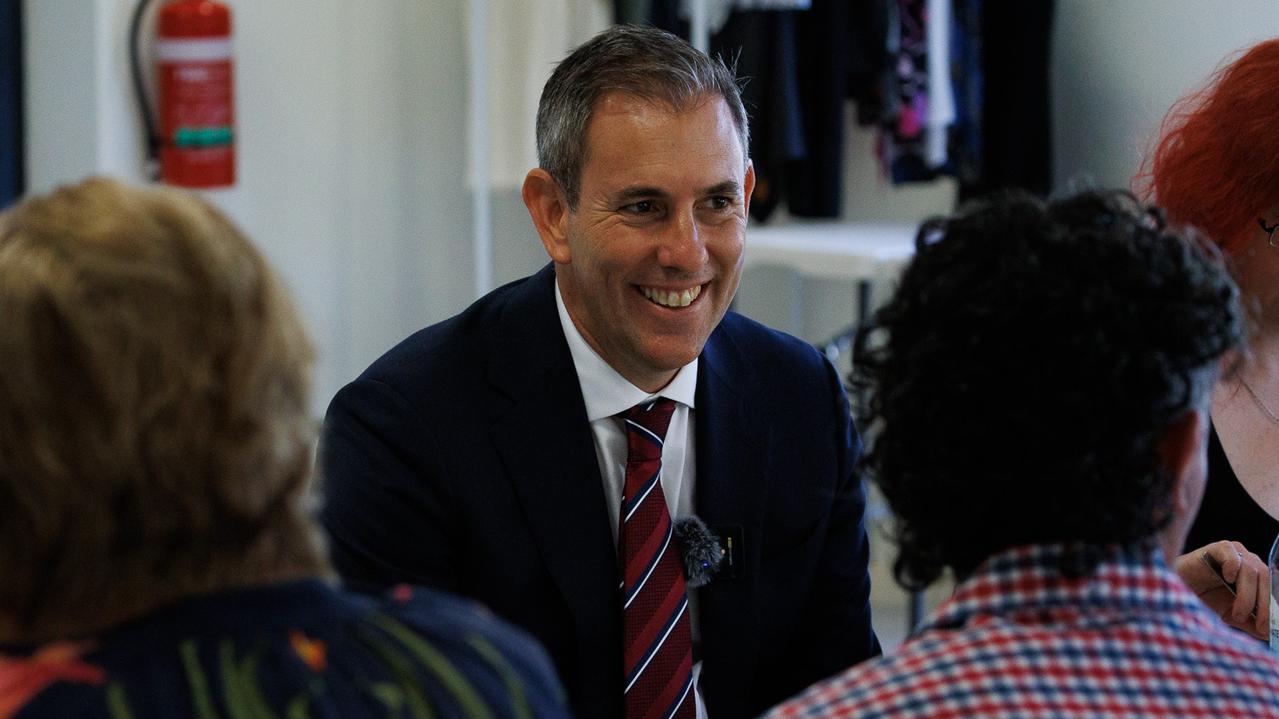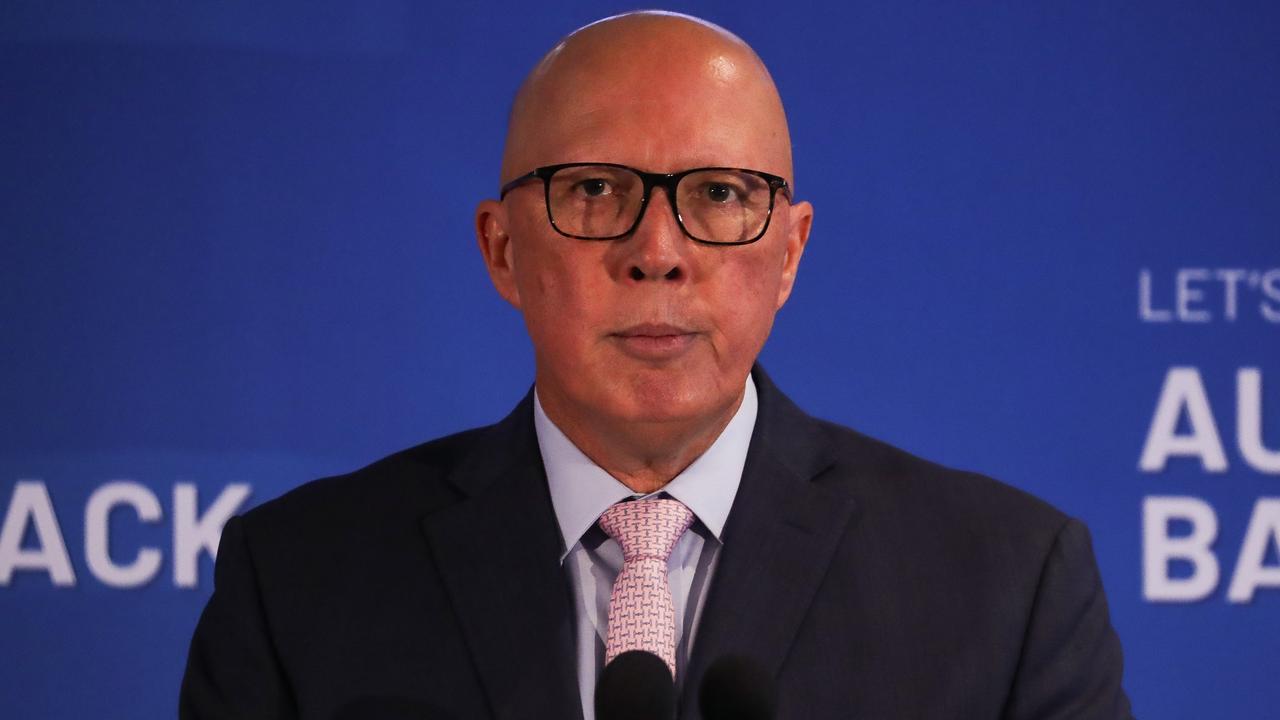Australia’s housing crisis to worsen, say critics following budget announcement
Critics say the federal budget has failed to “shift the dial” on the nation’s housing crisis and will only push up costs for the disadvantaged.
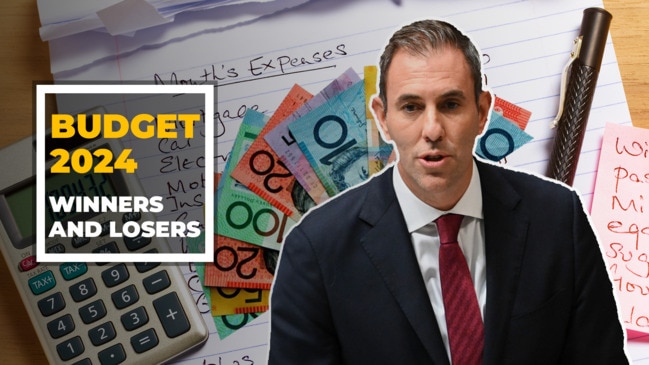
Critics say the federal budget has failed to “shift the dial” on the nation’s housing crisis.
The Albanese government’s much-championed $6.2bn pledge to address our housing crisis has fallen flat with the bulk of the money going towards infrastructure and not actual homes.
Almost $2 billion has been channelled into a rental assistance scheme, the same amount has been given to charities to build 40,000 social and affordable homes, while more than $1 billion to help states and territories “turbocharge construction” of roads, sewers, energy and community infrastructure.
Despite the cost of building a new house rising almost $20,000 in the past year, Treasury did not include assistance to help homebuyers with the cost of buying a property.
A spokeswoman for Everybody’s Home, a national campaign seeking to fix the crisis, said the budget failed to tackle rising housing costs.
“The government’s ‘new’ funding for social housing is a repackaging of existing initiatives, offering loans instead of providing real funding, and the continuation of a funding agreement with the states and territories - something the Commonwealth routinely renews for other essential services like education and health, Maiy Azize said.
The housing advocate said the increase to Commonwealth Rent Assistance would provide some short-term relief, but was not a lasting fix.
“If the government was serious about tackling this crisis, it would build more social housing to end the massive shortfall,” she said.
“These are the rentals people can actually afford. A target for the private sector will only deliver more of the same - homes that are way too expensive for average people.
“Any budget that seriously tackles the housing crisis would also stop using unfair tax handouts to prop up landlords and investors, pushing up the cost of housing for everyone else. The Treasurer ruled out making those changes well ahead of budget day.
LACK OF SUPPORT FOR HOME BUYERS
With the housing industry struggling to meet demand, it has also set aside $89m to fund 20,000 fee-free TAFE and pre-apprenticeship courses.
Australian Bureau of Statistics figures show just over 161,000 homes were approved for construction in the year to March – the lowest number since 2013.
That figure was well short of the 240,000 needed to reach the government’s planned 1.2 million new homes.
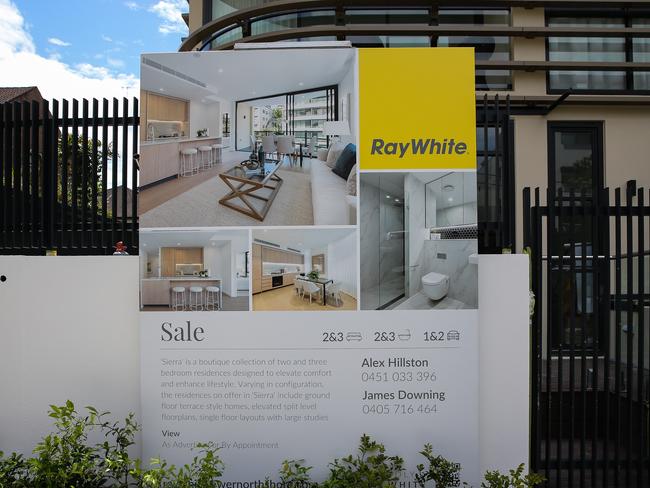
The data also showed the cost of a typical house approved for construction in Australia rose from about $448,000 to $467,000 in the past year, and is up from $317,000 at the start of the pandemic.
Along with reduced borrowing capacity caused by Reserve Bank interest rate hikes, the rising cost has helped reduce housing approval numbers to what Housing Industry Association chief economist Tim Reardon said was “rock bottom”.
While unlikely to fall significantly more, he said it would take months of interest rate holds to buoy homebuyer confidence to support the 1.2 million home initiative.
Among the big winners were some of the nation’s most-vulnerable with $1.9bn earmarked to support cheap loans for community housing providers.
The money would be used to build 40,000 social and affordable homes as part of the Housing Australia Future Fund and the National Housing Accord.
Also announced was $423.1m to be spent over the next five years as part of the National Agreement on Social Housing and Homelessness providing the state’s match the funding, while the Northern Territory’s most remote communities also received $842.8m to address overcrowding and improve conditions.
Earlier this month the National Housing Supply and Affordability Council, picked out by the federal government, concluded Australia would build just 903,000 homes in the next five years.
PropTrack economist Paul Ryan said infrastructure funding could be the key to addressing affordability, as unlocking more land for development could make it more affordable in one of the few ways the government could price buyers back into the housing market.
Both Mr Reardon and Mr Ryan said incentives to encourage buyer activity would have been premature and would have risked driving inflation.
RENTAL ASSISTANCE PACKAGE
A million vulnerable Australian renters will share in a $1.9bn rental assistance package that will cut $22 from their fortnightly housing costs.
The federal government has also moved to entice more foreign landlords to back homes built exclusively for tenants use.
The $1.9bn budget boost to the nation’s Commonwealth Rental Assistance program will increase the maximum support for recipients by 10 per cent.
CRA is available to tenants who receive pensions, youth and study allowances, JobSeeker payments, and certain parenting and family benefits. It is currently accessed by about one million.
For single parents and couples with at least one child, the increase means their maximum support benefit will increase by $70 a fortnight compared to May 2022 – with about $22 of that coming from this budget’s increase.
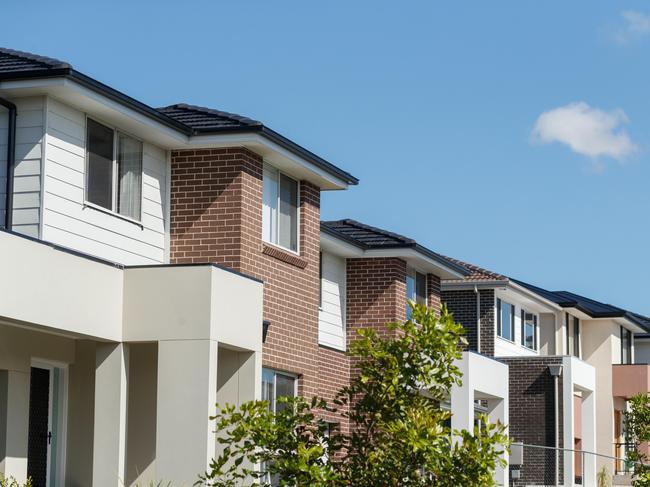
Funds will be dolled out across the next five years, with forecasts showing Treasury expects the support package will rise from $384m in the coming financial year to $518m by the 2027-2028 financial year as the consumer price index rises.
Tenants could also benefit from a cut to imposts on foreign investors who back build-to-rent developments, so long as the property continues to be used for that purpose.
Last year’s budget boosted rental assistance for families by 15 per cent, making this the first time in 30 years the government has made back-to-back provisions.
Budget papers indicate last year’s 15 per cent rental support increase resulted in out-of-pocket rental expenses for Australians increasing 7.8 per cent in the 12 months to March this year – instead of 9.5 per cent had they not increased support last year.
However, separate figures from PropTrack show tenants not receiving CRA faced a 9.1 per cent, or about $50 a week, increase in the cost of keeping a roof over their head in the 12 months to March this year.
The PropTrack figures also show the government’s 10 per cent increase could fall short of wider rental market cost increases in major capitals Sydney, Melbourne and Perth where rents have risen anywhere from 10.8 per cent to more than 15 per cent.
The nation’s rental vacancy rate also tumbled from 1.3 per cent to just 1.1 per cent in the same timeline.
PropTrack economist Paul Ryan said their latest rental affordability research had shown tenants on government payments would be unable to afford a single property without going into rental stress, or spending more than 30 per cent of their income, in the past year.
Mr Ryan noted that while an increase in rental funding could drive inflation, with low-income tenants doing it especially tough at the moment it was “easy to justify”.
Real Estate Institute of Australia president Leanne Pilkington said with rental assistance growth normally linked to inflation, it would have fallen well behind soaring rental markets without the budget top-up.
“Tenants are falling behind at the moment, and we are consistently seeing investors around the country selling their properties,” Ms Pilkington said.
More Coverage
Originally published as Australia’s housing crisis to worsen, say critics following budget announcement



